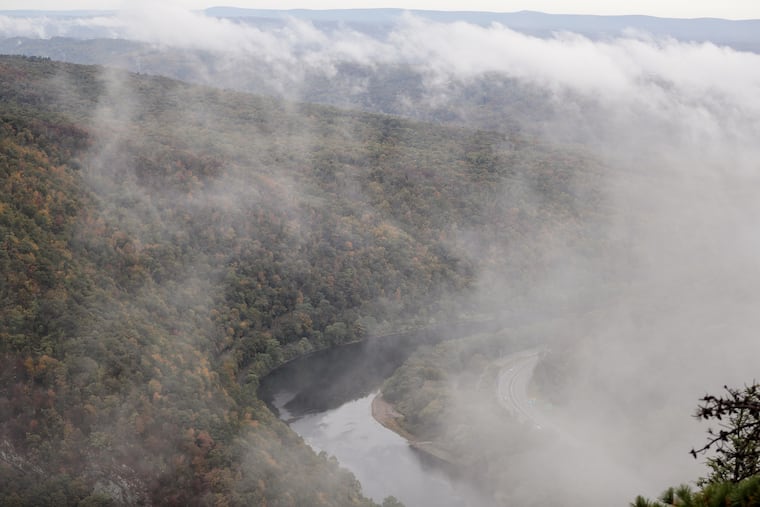To save Delaware Water Gap park from overcrowding, officials eye first-ever entry fee
The National Park Service is proposing a $25 fee per car to enter the park, which officials say is seeing record numbers of visitors, leading to trampled areas and other issues.
